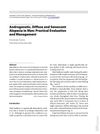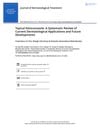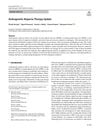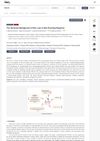Androgenic Alopecia: A Comprehensive Literature Review of Epidemiology, Pathophysiology, Diagnosis, and Management
October 2025
in “
JURNAL BIOLOGI TROPIS
”
TLDR Androgenetic alopecia is common hair loss due to genetics and hormones, manageable with early treatment.
Androgenetic alopecia (AGA) is the most prevalent form of hair loss in both men and women, primarily driven by genetic and hormonal factors, especially dihydrotestosterone (DHT). This condition leads to the miniaturization of hair follicles and altered hair growth patterns, impacting sufferers both physically and psychologically. The review highlights that AGA is influenced by genetic predisposition, follicle sensitivity to DHT, and factors like malnutrition, aging, and vascular disorders. Diagnosis involves history taking, physical examination, and supportive tests, while management includes topical and systemic therapies, supplements, hair transplantation, and low-level laser therapy. AGA is linked to risks such as actinic keratosis, cardiovascular disease, metabolic disorders, and polycystic ovary syndrome in women. It is a progressive chronic condition with a multifactorial etiology, and early, tailored management can slow its progression and enhance patients' quality of life.






